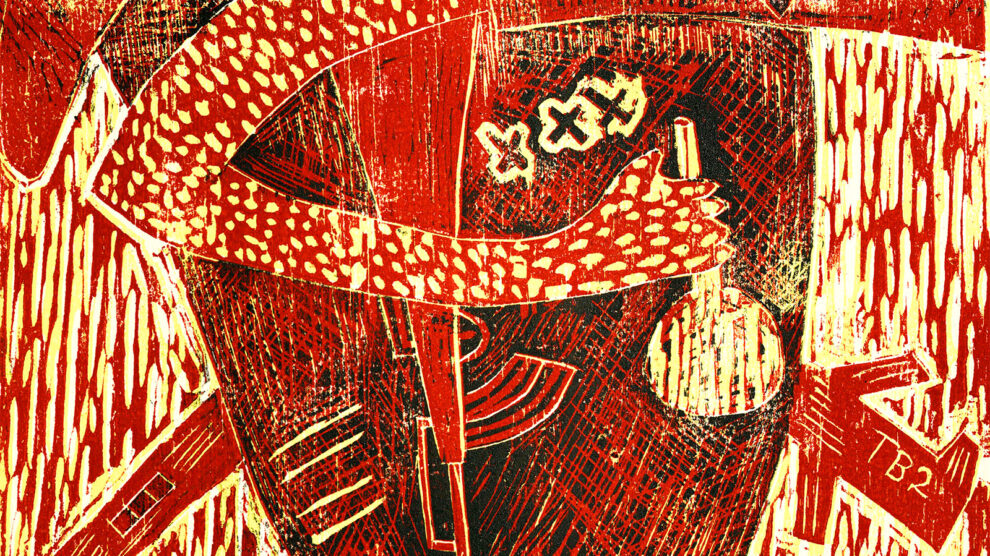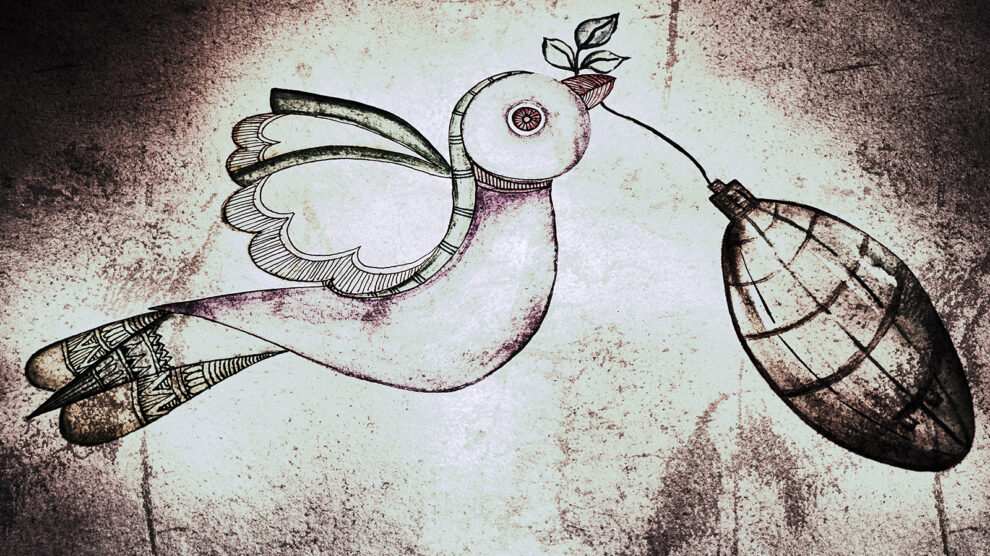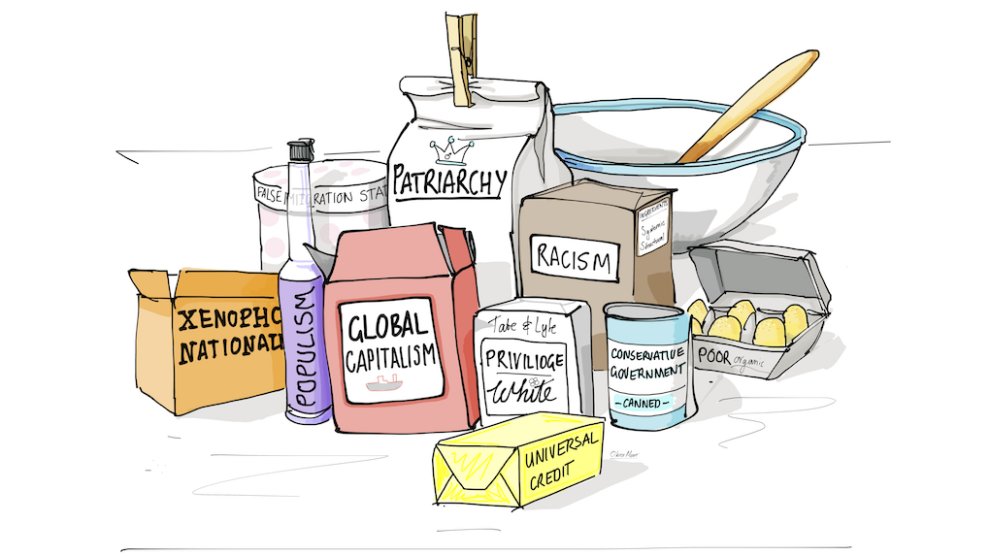The Goose on the Common
By Cliff Conner
Volume 24, no. 3, Cooperation: Theory and Practice for the Commons
Subscribe or purchase this issue to get full geese now.
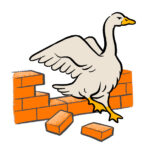 Once upon a time, nobody owned the land. Early human beings simply dwelled on the land and drew their sustenance from it. The concept of private property was a later invention.
Once upon a time, nobody owned the land. Early human beings simply dwelled on the land and drew their sustenance from it. The concept of private property was a later invention.
In medieval England, “the common” was land shared by subsistence farmers as fields for growing crops, meadows for grazing animals, and forests for hunting and gathering wood for homebuilding and to heat their homes in the winter. If they needed a goose for their family’s dinner, they would simply go to the common and catch a wild goose that belonged to no one.
By the twelfth century, privileged social classes began to fence off large areas of what had traditionally been common land and claim private ownership of it. Thus began the enclosure movement, which by the end of the nineteenth century had resulted in almost all of England’s lands having been expropriated from “the common wealth” and privatized.
Similar enclosure movements followed in other parts of Europe and the world, but England’s pioneering role in privatizing the land was intimately connected to its subsequent initiation of the transformation to industrial capitalism. As small farmers were driven off the commons, a working class, who began selling their labor-power to survive, was created. That was the starting point of the extreme economic inequality that characterizes the global economy today, as most of the world’s resources continue to be privatized, or “enclosed” into the hands of a relative handful of billionaires.
The victims of the enclosure movement did not passively accept what Karl Marx called “the systematic theft of communal property.” For centuries, resistance to enclosure was a major driver of social unrest in the form of riots and rebellions—open, armed conflict between commoners and the landed gentry, with the former mobilizing to pull down the fences, walls, and hedges of the latter.
The anonymous folk poem below, which appeared in eighteenth-century England at the height of the class struggle over the commons, is a perfect expression of the popular attitude toward the theft of their traditionally shared resources.
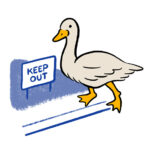
The law locks up the man or woman
Who steals the goose from off the common
But leaves the greater villain loose
Who steals the common from the goose.The law demands that we atone
When we take things we do not own
But leaves the lords and ladies fine
Who take things that are yours and mine.The poor and wretched don’t escape
If they conspire, the law to break.
This must be so, but they endure
Those who conspire, the law to make.The law locks up the man or woman
Who steals the goose from off the common
And geese will still a common lack
Till they go and steal it back.



